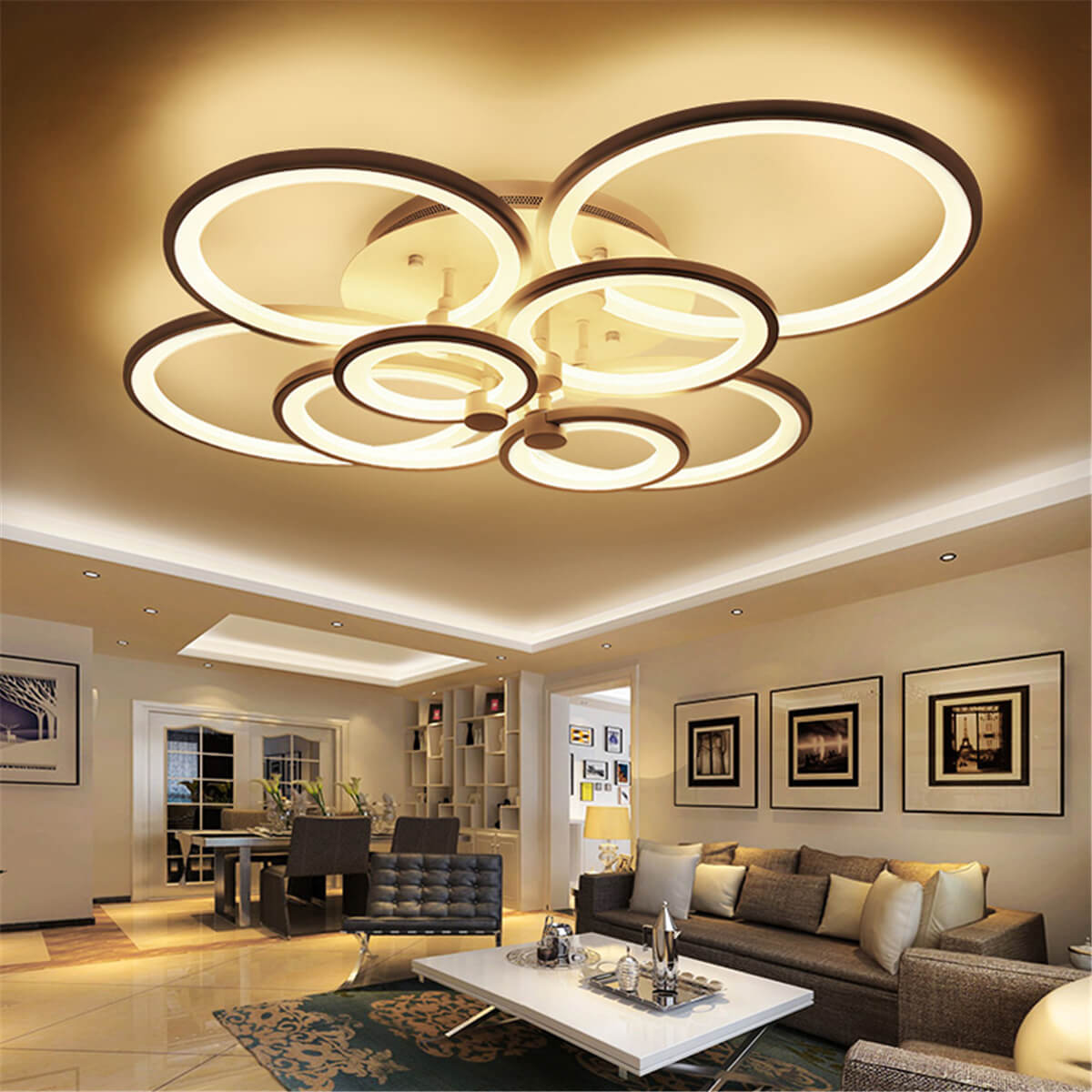 It’s a blessing to be part of such an advanced world where it’s almost difficult to keep pace with the technological upgrades as there are numerous inventions that appear day by day, meant to ameliorate our lives. Nowadays, most of us are connected online, through the internet and the many electronics, and yet we still aren’t in the habit of opting for energy-efficient options when it comes to our homes. Making lighting choices is certainly no exception. The purchase of a light bulb is so much more, as it’s in relation with your electricity bill as much as it is with the environment.
It’s a blessing to be part of such an advanced world where it’s almost difficult to keep pace with the technological upgrades as there are numerous inventions that appear day by day, meant to ameliorate our lives. Nowadays, most of us are connected online, through the internet and the many electronics, and yet we still aren’t in the habit of opting for energy-efficient options when it comes to our homes. Making lighting choices is certainly no exception. The purchase of a light bulb is so much more, as it’s in relation with your electricity bill as much as it is with the environment.
An important question we should all ask ourselves is whether to swi tch to LEDs entirely or the fluorescent variant, taking into account the traditional incandescent bulbs are the ones governments have taken a stance against with the many phase-outs worldwide, banning the manufacture and sale of these bulbs, which affected our country as well in 2009. To get the answer to the question, we have to compare the two and look for benefits.
Unlike in the past when LEDs first appeared (including just a few years ago), nowadays one can buy LED products that are affordable and find a wide range of models, such as strip, flood and downlight among others, with a variety of colour temperatures so they’re suitable for different applications. The reason LEDs are becoming more and more popular is due to their advantages over traditional lighting. Mainly, the energy-efficiency stems from the fact these bulbs light up easily and fast, they don’t emit heat as incandescent do (which means you can save on heating and cooling), and they last from 20.000 up to 50.000 hours – or to put it in other words, up to five times longer than other lights for sale.
Same as you’d expect a variety when you set out to buy LED products, you can have plenty to pick from when looking for CFL. CFL (compact fluorescent lights) bulbs use up 70% less energy than incandescent and instead of a warm glow, their lighting up system (functioning by driving the electric current through a mercury and argon containing tube) creates ultraviolet light. Though they are also affordable and durable, meaning they can help you save money on electricity bills, they aren’t as efficient as LEDs as it takes them some time to warm up and reach brightness. Let’s also not forget the fact CFL contain mercury, which requires particular caution when cleaning and replacing. A wrong move can cause harm to you and the environment, so if you want to go eco-friendly, LEDs are the choice to make.
